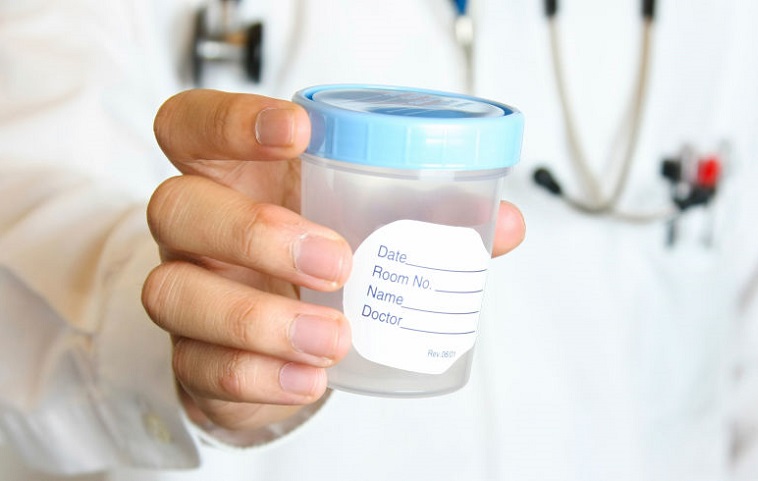Is Hysterosalpingography (HSG) necessary before IVF?

Sperm test in IVF treatment
3 October 2022
If the sperm did not come out once in TESE (testicular sperm extraction), what is the probability that it will come out again?
3 October 2022Is Hysterosalpingography (HSG) necessary before IVF?

Is Hysterosalpingography (HSG) necessary before IVF?
In modern medical technology, in vitro fertilization is the most successful method of reproductive treatment. Because of this, many couples who are unable to conceive through other fertility treatments are able to have a child through IVF. However, IVF treatment is a longer, tedious, stressful, and expensive treatment method compared to other treatments. In addition, there are hormonal drugs that a woman must use in this treatment, and some side effects of these drugs may occur. In this regard, many tests, analyzes and examinations are applied to couples who go to the doctor with complaints of infertility. According to results obtained from them, method of infertility treatment is determined. A large number of different diagnostic procedures are applied to women seeking IVF, especially because they cannot get successful results from other treatments. One of them is hysterosalpingography. Since Hysterosalpingography provides very successful data in the diagnosis of the structure, general condition and functional properties of the uterine ducts.
Why is hysterosalpingography performed?
Hysterosalpingography is one of the routine methods for diagnosing infertility. Because with female infertility, uterine defects, anomalies and problems with the ducts are very effective. Hysterosalpingography allows you to examine the entire uterus and canals. However, if an abnormality or cessation of menstrual bleeding occurs after an intervention, such as an abortion, applied to the cervix or uterus of a woman, the reason for this can be understood with hysterosalpingography. For example, obstruction of the cervical canal, adhesions formed in the uterus, congenital defects of the uterus can be detected using hysterosalpingography. Women with a history of recurrent miscarriages and women who are unable to conceive even if there are no problems with ovulation should undergo a hysterosalpingography.
When is a hysterosalpingography performed?
In cases where hysterosalpingography is required, woman first undergoes a comprehensive gynecological examination. Thus, presence of inflammation or infection in the uterus and around it is determined. In such cases, hysterosalpingography is considered appropriate after infection and inflammation have been treated. Otherwise, hysterosalpingography may not give desired results. A woman with a normal gynecological examination is called in for a uterine smear a few days after end of her menstrual bleeding. Thus, menstrual bleeding can prevent the fallopian tubes or abdominal cavity from filling up. In addition, it is understood that menstruating woman is not pregnant, and in the event of a possible pregnancy, embryo is not damaged.
How is hysterosalpingography performed?
As a rule, an obstetrician-gynecologist together with a radiologist performs hysterosalpingography. Woman lies in a position for a gynecological examination, a device is inserted that allows you to keep vagina open and inspect inside. Medicinal substance is sent to the uterus with the help of an injector through device. Places where this substance enters are displayed in white on a monitor monitored by a doctor. During introduction of this fluid, X-rays are taken simultaneously or the passage of this fluid from the uterus and ducts is observed on the screen. Thus, the internal structure of the uterus, canals is clearly and in detail visible, possible blockages and adhesions are identified.
Is hysterosalpingography harmful?
Dose of x-rays used in hysterosalpingography is very low. Thus, it does not harm the woman in any way. However, although very rare, allergic reactions can occur. Contrary to this possibility, newly developed liquids significantly reduce the risk of allergies. In addition, a side effect of hysterosalpingography, seen in one out of every 100 women who undergo hysterosalpingography, is infection. Some doctors give women antibiotics before and after the procedure to prevent infection. However, this is often not recommended.

